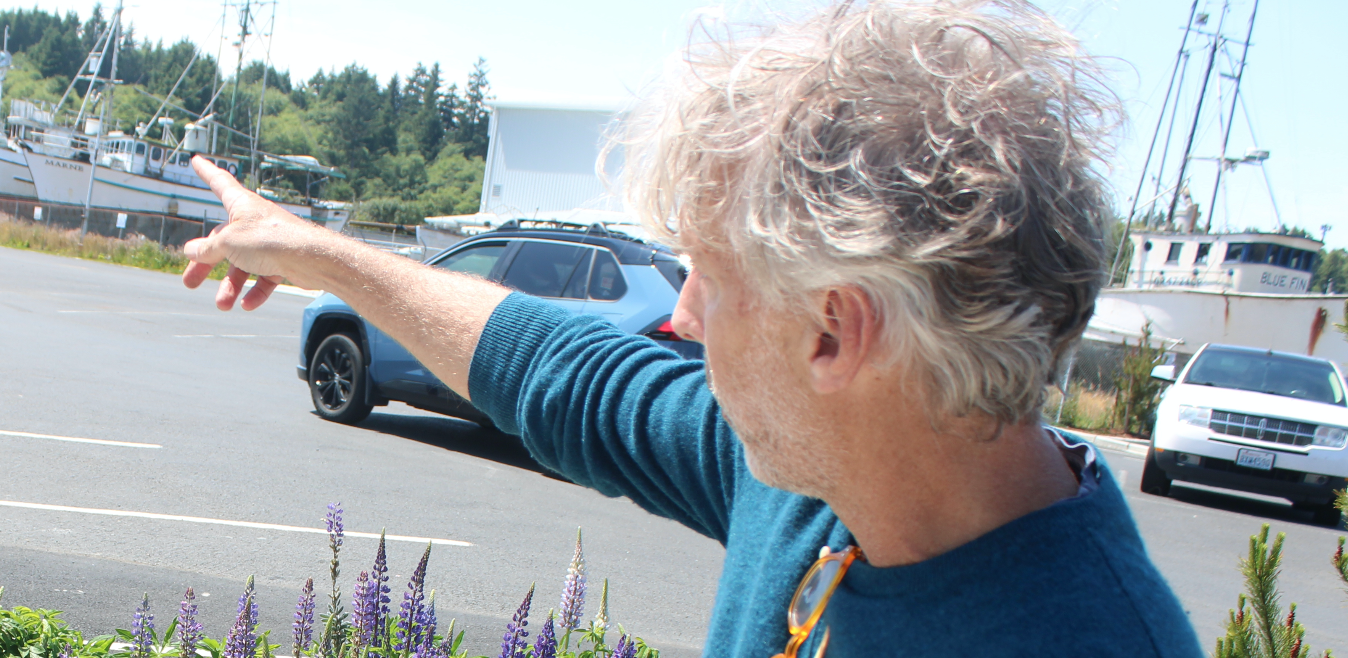Birding: Life in the fast lane!
Published 4:16 pm Wednesday, February 19, 2025

- This lobelia plant is also a good winter plant for a deck or balcony. The tubular flowers are just what an Anna’s hummingbird needs to sustain itself during the winter.
Hummingbirds live in the fast lane. They are speedy, acrobatic flyers. Our resident species is the Anna’s hummingbird. Its wings beat at 40 to 50 times per second during flight. They can zoom at 25 miles per hour when flying as usual but can do 50 miles per hour when courting. This makes their courtship display, which is a dive, nothing less than dazzling. Scientists believe that their speed makes the Anna’s hummingbird the fastest bird in the world for its size.
All hummingbirds live in the fast lane. This is very apparent in the spring when the rufous hummingbird returns to the peninsula. The scene becomes one of both hummingbird species on the chase. Around and around the yard they go. The Anna’s appears to be in charge, but the rufous hummingbird, even though it is about an inch smaller, will often take charge during the breeding season especially where there are nectar sources. Most field guides dub the rufous as aggressive and packing quite a punch.
The Anna’s hummingbird male is the chaser in the family. Its iridescent red-rose helmet is distinctive and eye-catching. The male rufous hummer, on the other hand, wears a fiery orange rufous outfit that is spectacular. Its bold fiery color matches its temperament. The females and young of both species are rather drab in comparison.
My records to date suggest that the arrival date for the rufous hummingbird here is around March 6. As of this moment the Anna’s are happily sipping nectar at our feeder alone and in peace. That is about to change. Soon, the male Anna’s will be seen perching on the thinnest of twigs with a view of the nectar feeders. Even hanging another feeder where it can’t be viewed from the perch, such as on the other side of the house or around the corner of the front, doesn’t dissuade the aggressiveness of the males of both species.
The saving grace of the competition is the multitude of nectar-bearing, tube-like flowers, flowering fuchsia shrubs and all manner of native flowering plants in the yard. With plants come insects! Hummers, like other species, need protein to feed their young as they mature and grow in the nest. Plants that hummers love make for a win-win situation.
A few years ago, I wrote about an Anna’s hummingbird that nested in winter that one of our readers discovered and followed right here on the peninsula. Since then I have hunted for a hummingbird nest and, luckily, I found one. It was a first for me. Surprisingly, it was more than thrilling to see. It had been used fairly recently, so it was still decorated on the outside with fresh sage colored lichen and lined inside with soft spider web strands.
I continue to watch the dense vegetation in the yard just in case an Anna’s might choose to nest in our yard again. I am guessing that nesting in the winter or fall has its perks. For sure, it eliminates some of the intense competition for protein and nectar for their babies with the rufous hummingbird, a summer nester in these parts!
It is almost spring! Male birds are beginning to wear their best and most colorful plumage. Bald eagles are already attending to the renovation of their nests. Raptors are thinking of nesting, too. Watch for the fiery bold orange rufous hummingbird. It won’t be long before it brings its speed and agility to our backyards. After all, hummingbirds live in the fast lane. Happy birding!






